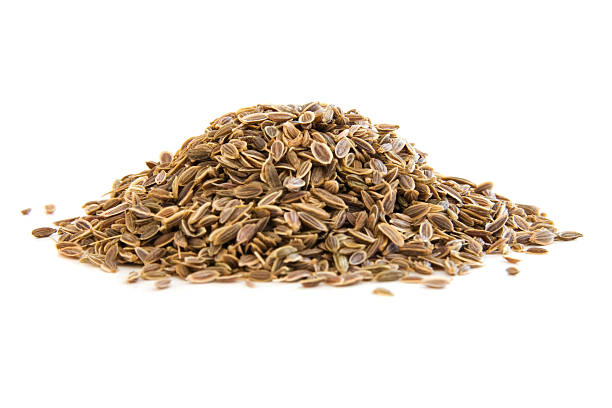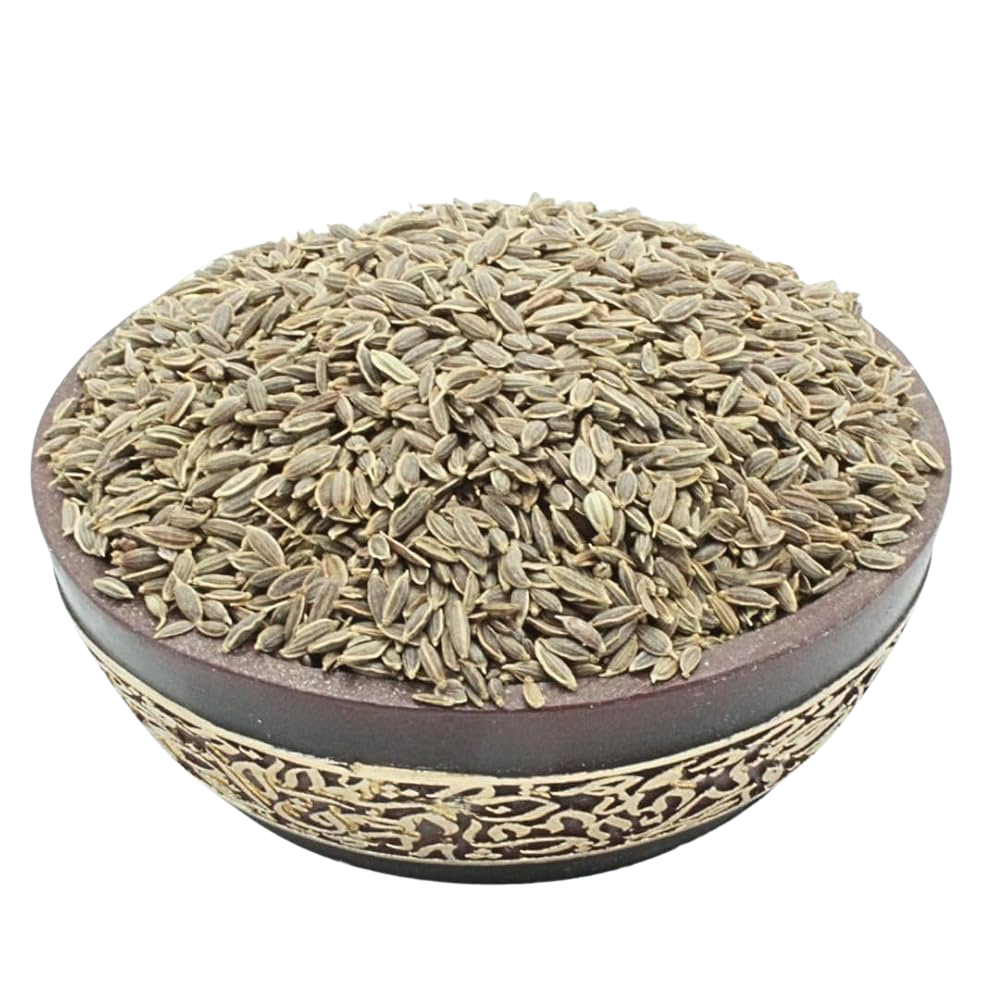بذور الشبت Dill Seeds
Dill is an aromatic herb belonging to the celery family (Apiaceae) and is also known as “Ain al-Jarada” in some regions. Dill is used in cooking and traditional medicine due to its distinctive flavor and health benefits.
:Botanical classification
Scientific name: Anethum graveolens L.
Family: Umbelliferae
:Botanical description
Plant: Biennial herbaceous plant, 60-100 cm tall.
Stem: Erect, hollow, green, branched stem.
Leaves: Compound, pinnate, bright green, divided into thin, hair-like leaflets.
Flowers: Small yellow, collected in sun-shaped inflorescences.
Seeds: Small, brown, winged.
Smell: All parts of the plant have a strong, distinctive smell.
Types: Dill seeds
Benefits:
A rich source of nutrients
Contains antioxidants
Improves digestive health and boosts immunity
Anti-inflammatory properties
Beneficial for heart health
Improves digestive health: The fiber in dill helps improve digestive health.
Boosts immunity: Dill contains vitamin C and vitamin A, which help boost immunity.
Fights cancer: Dill contains antioxidants that help fight free radicals, which may help prevent cancer.
Relieves menstrual pain: Dill has traditionally been used to relieve menstrual pain.
Improves heart health: Dill contains potassium, which helps regulate blood pressure.
Improves skin health: Dill contains antioxidants that help improve skin health.
Uses:
Preparation of tea
Food: Dill is used in many dishes, such as: salads, stews, fish, and meat.
Treatment for gas and bloating
Treatment: Dill is used in traditional medicine to treat many diseases, such as: digestive system problems, respiratory diseases, and kidney diseases.
Production of cosmetic products
Dill Planting Tips:
Planting Time: It is best to plant dill in spring or fall.
Soil Selection: It is best to plant dill in well-drained soil rich in organic matter.
Watering: Dill needs regular watering, but be careful not to overwater.
Fertilization: Dill can be fertilized once a month using a balanced fertilizer.
Harvest: Dill leaves can be harvested 6-8 weeks after planting.
Dill Drying: Dill leaves can be dried to preserve them for a longer period.
Dill seeds are useful in many applications, both in cooking and natural remedies.
Export Details Worldwide:
Drying: Natural sun drying and industrial drying
Packaging: Bags
Package Weight: 20 kg
Container: 20-foot container
Sorting and Packing: Automated


